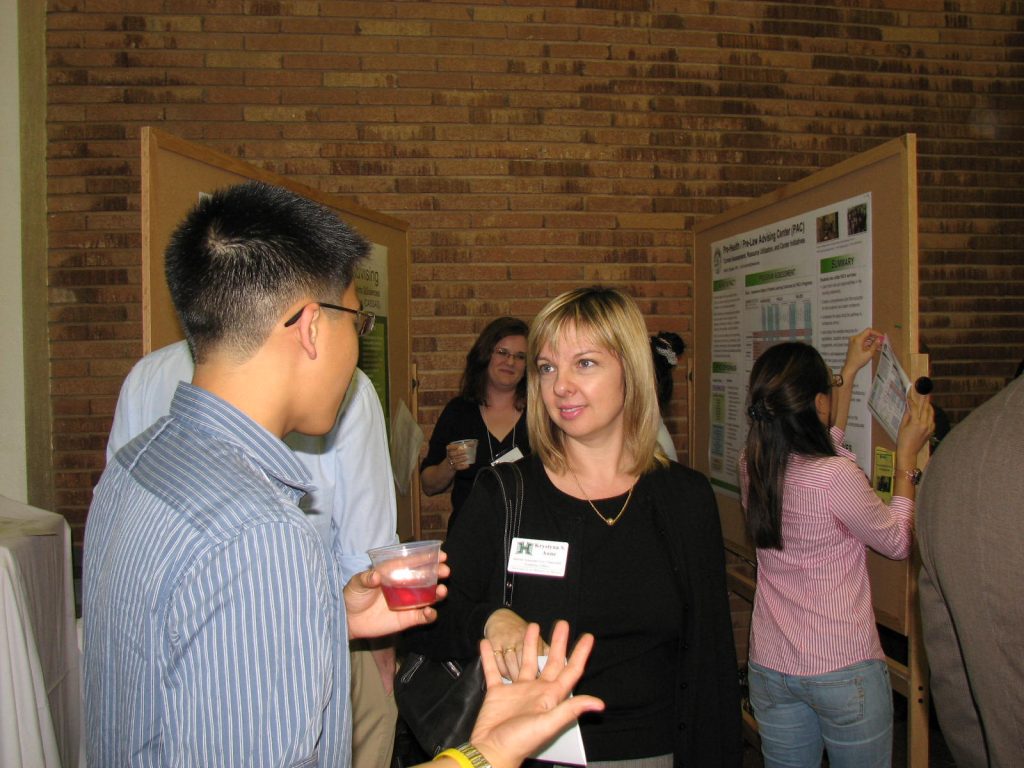
In Spring 2008, the English Department began assessment of student writing for the University’s Foundations Requirement in Written Communication, which must be fulfilled by all UHM undergraduates. Assessment of FW was to be based on four SLOs devised by the UHM Foundations Board, and approved by the UHM General Education Committee in Fall 2007. As presently articulated, the four SLOs are the following:
1: Compose a text to achieve a specific purpose and respond adeptly to an identifiable audience.
2: Provide evidence of effective strategies for generating, revising, editing, and proofreading a text in order to produce finished prose.
3: Compose a text that makes use of source material that is relevant and reliable and that is integrated in accordance with an appropriate style guide.
4: Compose writing that expresses the writer’s viewpoint and is supplemented by outside sources.
In Spring 2008, relevant student writing (208 essays) was gathered from the four courses that satisfy the FW requirement: English 100 (Composition I—which makes up about 90 % of FW sections), English 100A (Composition I for Honors students), English 190 (Composition I for transfer students), and ELI 100 (Expository Writing: A Guided Approach—for students whose first language is not English) for assessment of SLO #1, and a report on levels of student success was generated for a Spring 2008 English Department Colloquium and discussion.
In Spring 2009, 80 essays were randomly selected from papers submitted by FW instructors that were to be assessed for level of achievement in meeting SLO#3 (Information Literacy): “Students will be able to compose a text that makes use of source material that is relevant and credible and that is integrated in accordance with an appropriate style guide.” A team of six faculty scorers read the papers, with two raters scoring them independently along a 4-point scale according to the following traits: (1) making use of source material, (2) relevancy of sources, (3) credibility of sources, (4) style integration. Overall, student preparation for future writing tasks involving outside sources was measured as follows: “well-prepared” (6%), “prepared” (48%), “partially prepared” (26%), “not prepared” (21%). About 84% of students were at least partially prepared to make use of relevant and credible sources, but only about 65% were at least partially prepared to meet information literacy expectations in their future writing (“adherence to citation rules”).
A full report on the results of this SLO Assessment, which has been drafted by the Review Team, will be disseminated to English and E.L.I. faculty and will be discussed at an English Department meeting on December 3.Meanwhile, assessment of SLO#4 and SLO#2 is anticipated in 2009-2010 and 2010-2011, respectively. A rubric for assessing SLO#4 will be discussed at the December 3 meeting and further discussion of student achievement of this Student Learning Outcome, as well as SLO#3, will follow at a January 21 meeting. Additionally, all Spring 2010 English 100, 100A, and 190 instructors have been directed to include all four SLOs on their Spring 2009 syllabi, with the expectation that classroom activities and paper assignments will engage students in achieving these four Student Learning Outcomes. By Mark Heberle
Recommended Citation:
Heberle, M. (2009, December). How Well are First-Year Students Composing?
Assessing the Foundations in Written Communication Program. Poster session presented at the Assessment for Curricular Improvement Poster Exhibit at the University of Hawai’i at Mānoa, Honolulu, HI.
